
Alloy steel is steel alloyed with other elements in amounts of between 1 and 50% by weight to improve its mechanical properties. Alloy steels are broken down into two groups: low alloy steels and high alloy steels. The differentiation between the two is somewhat arbitrary; smith and Hashemi define the difference at 4%, while Degarmo , et al., define it at 8%. However, most commonly alloy steel refers to low alloy steel.
These steels have greater strength, hardness, hot hardness, wear resistance, hardenability, or toughness compared to carbon steel. However, they may require heat treatment in order to achieve such properties .Common alloying elements are molybdenum, manganese, nickel, chromium, vanadium, silicon and boron.
Alloying elements are added to achieve certain properties in the material. As a guideline, alloying elements are added in lower percentages (less than 5%) to increase strength or hardenability, or in larger percentages (over 5%) to achieve special properties, such as corrosion resistance or extreme temperature stability.
Alloying elements also have an affect on the eutectoid temperature of the steel. Manganese and nickel lower the eutectoid temperature and are known as austenite stabilizing elements. With enough of these elements the austenitic structure may be obtained at room temperature. Carbide forming elements raise the eutectoid temperature; these elements are known as ferrite stabilizing elements.
Low alloy steels are usually used to achieve better hardenability, which in turn improve its other mechanical properties. They are also used to increase corrosion resistance in certain environmental conditions.
Just like you, 70% customers choose long-term cooperation with BBN steel not only for our good product and service quality, good reputation in the international market, but also for our experienced one-stop raw material supply and further steel processing!

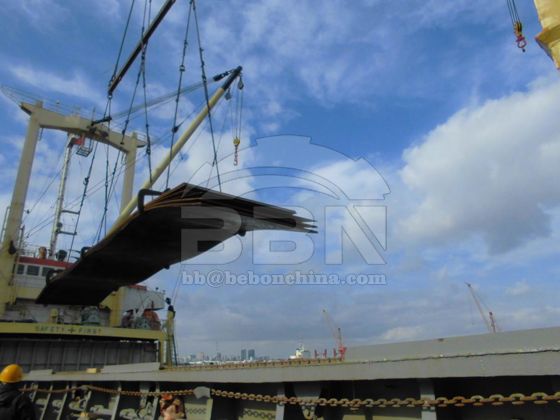
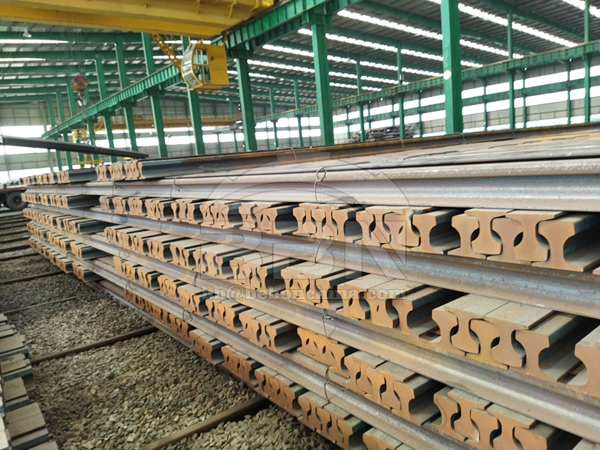
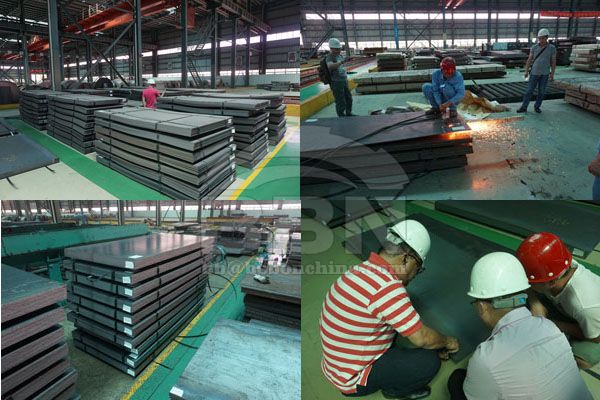
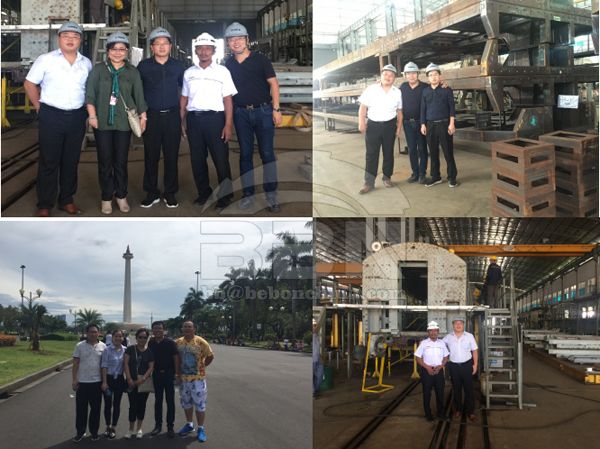
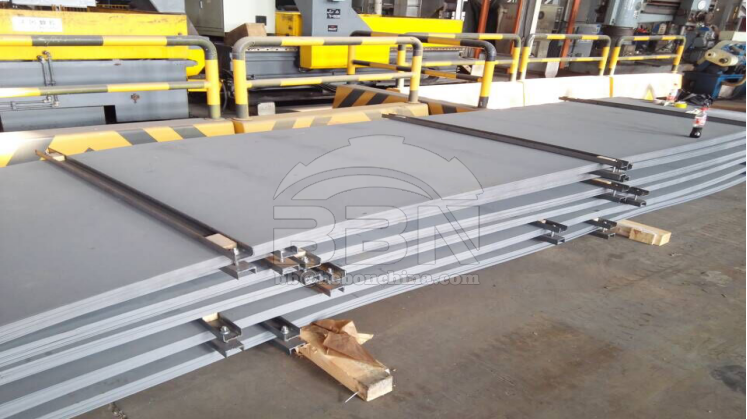
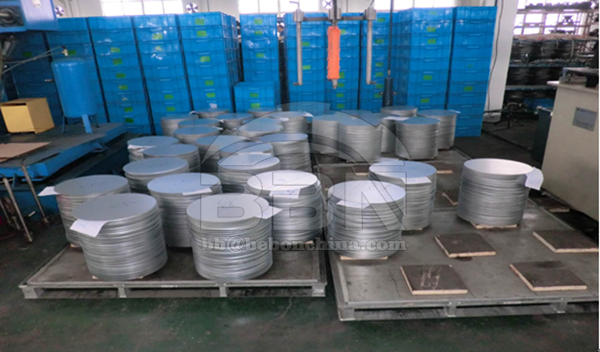
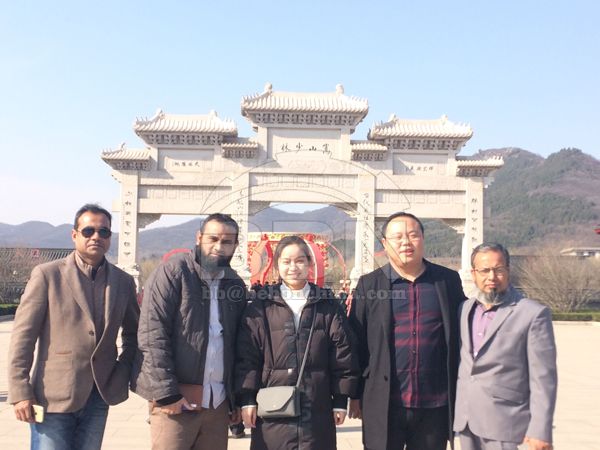
Henan BEBON Iron&Steel co.,ltd.